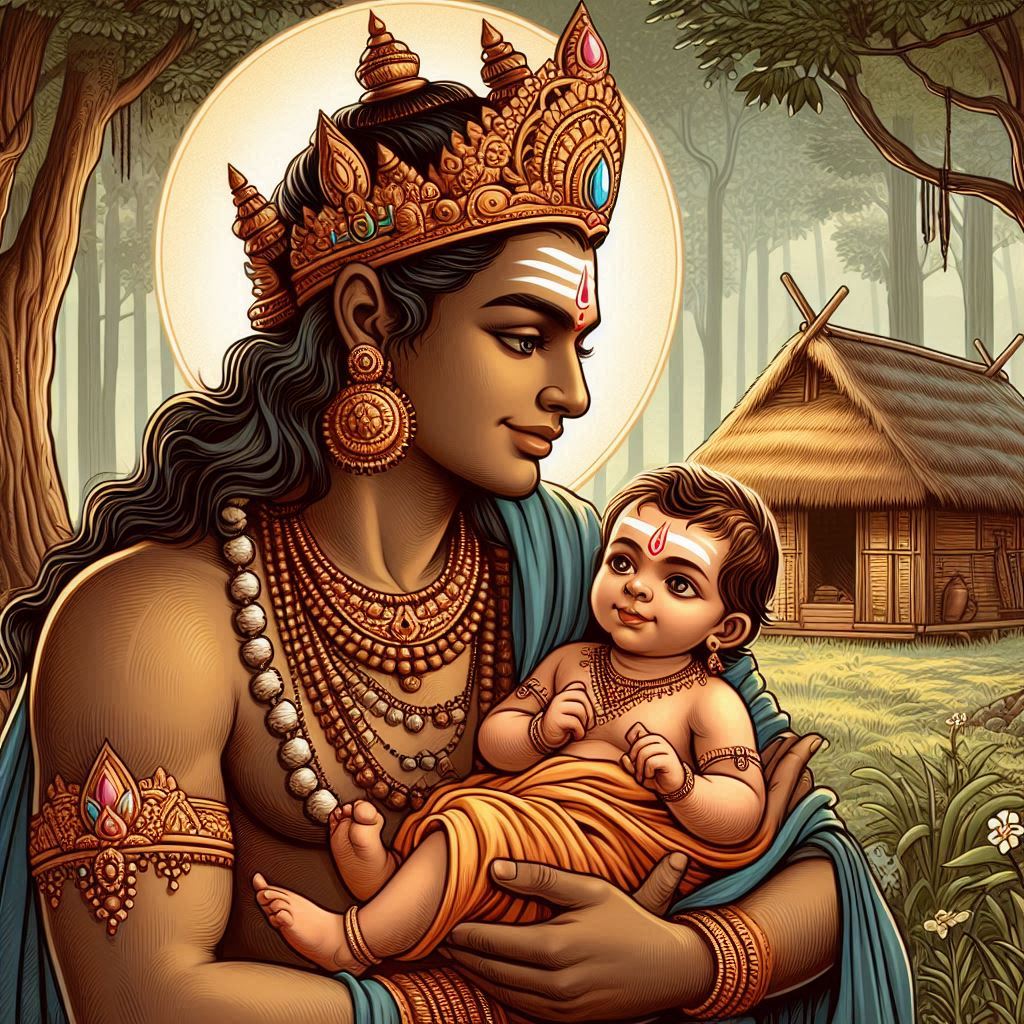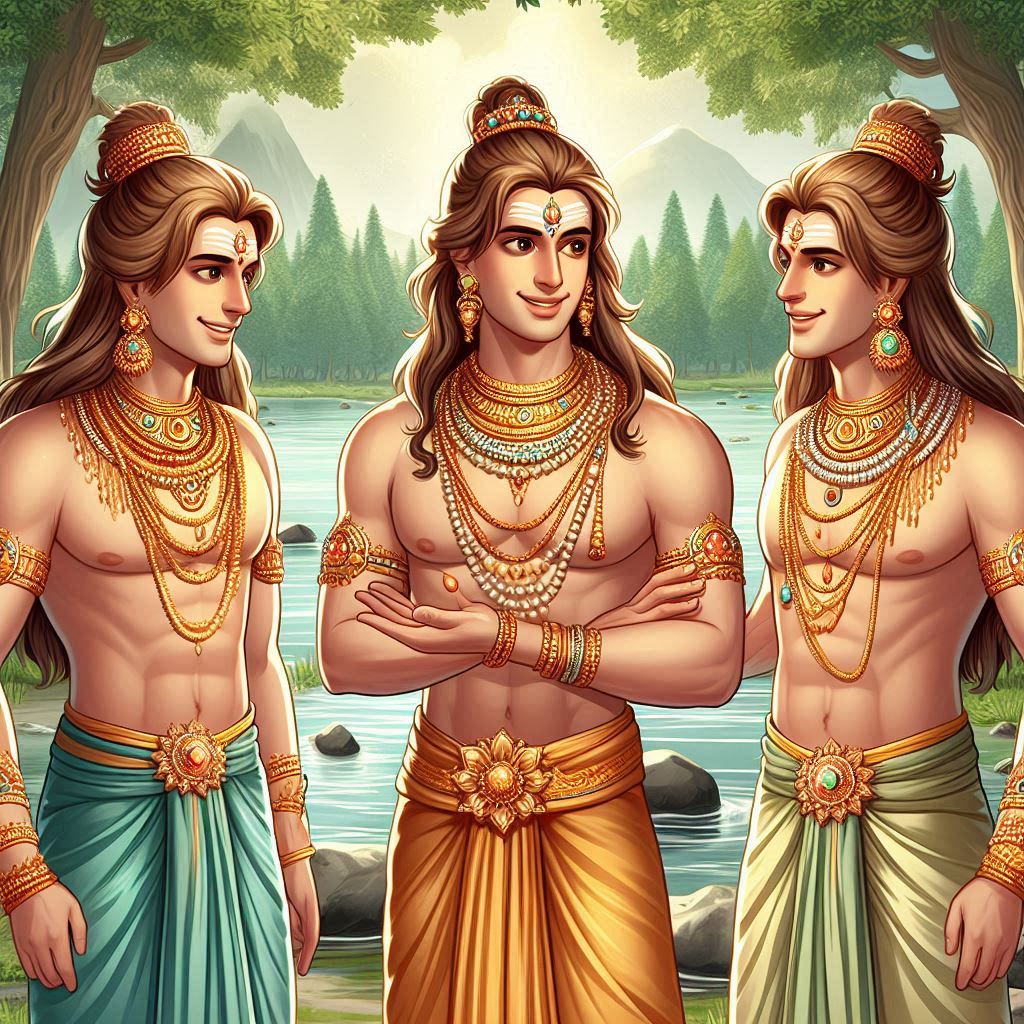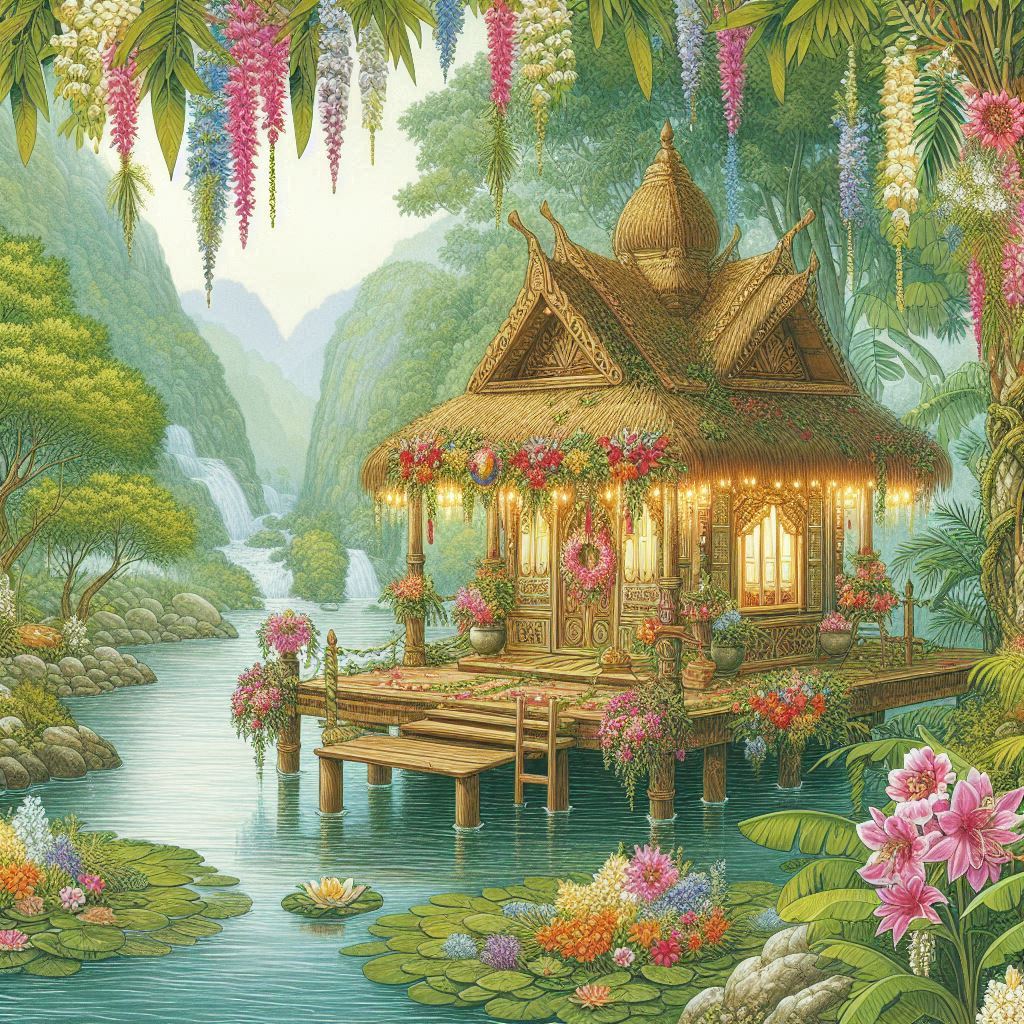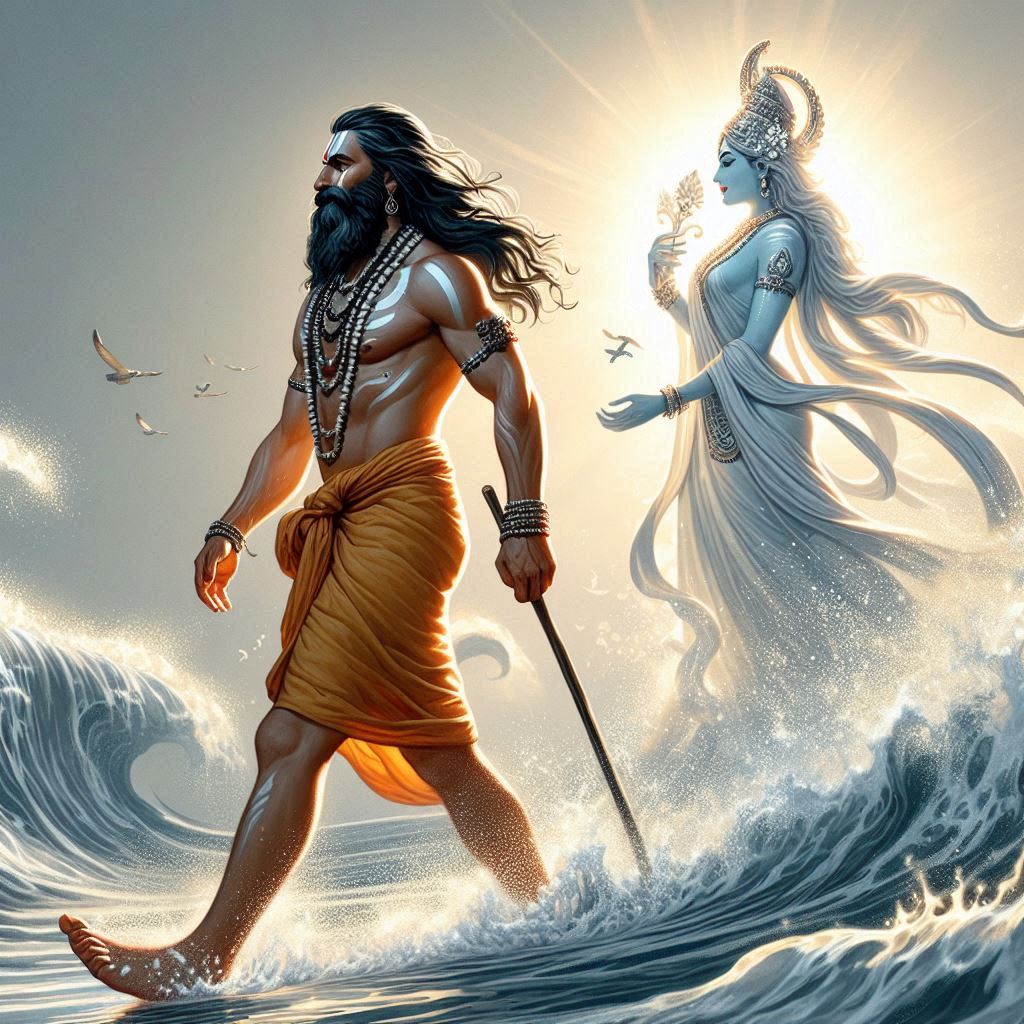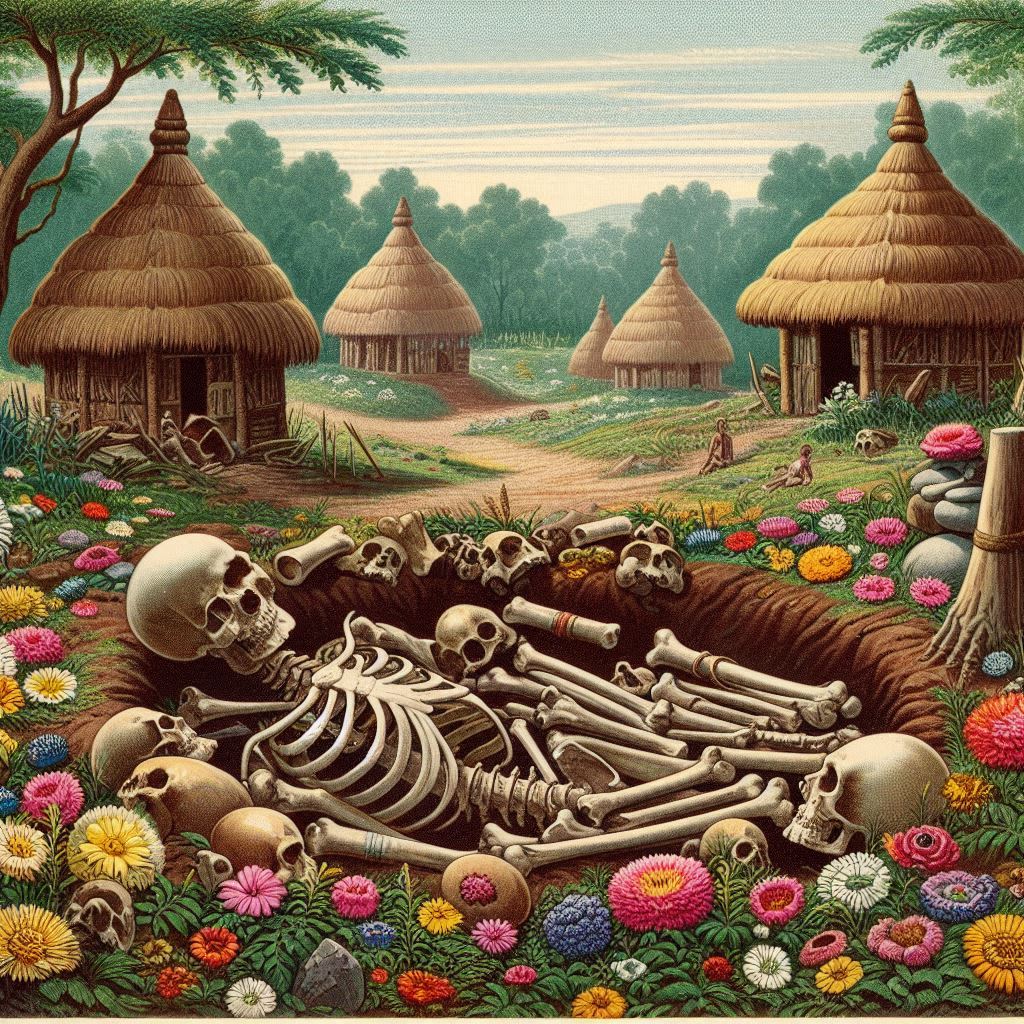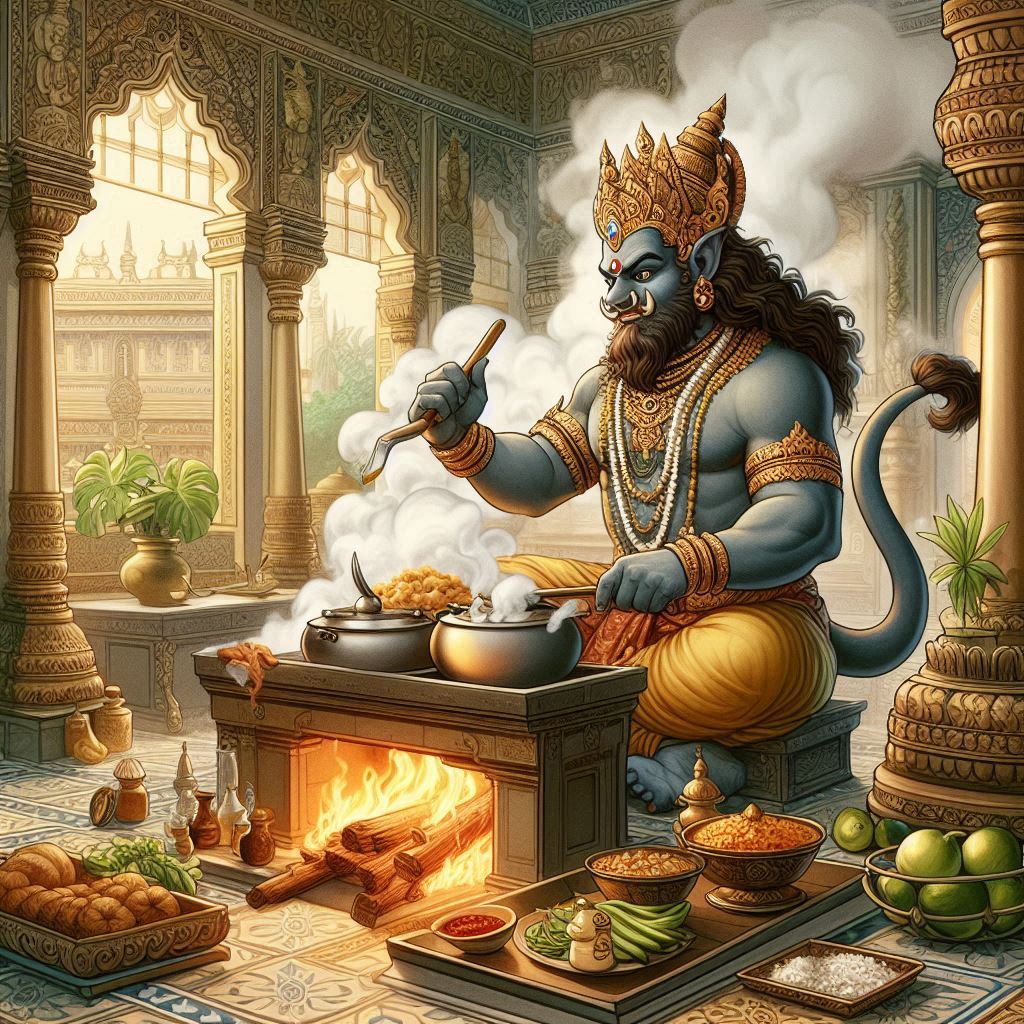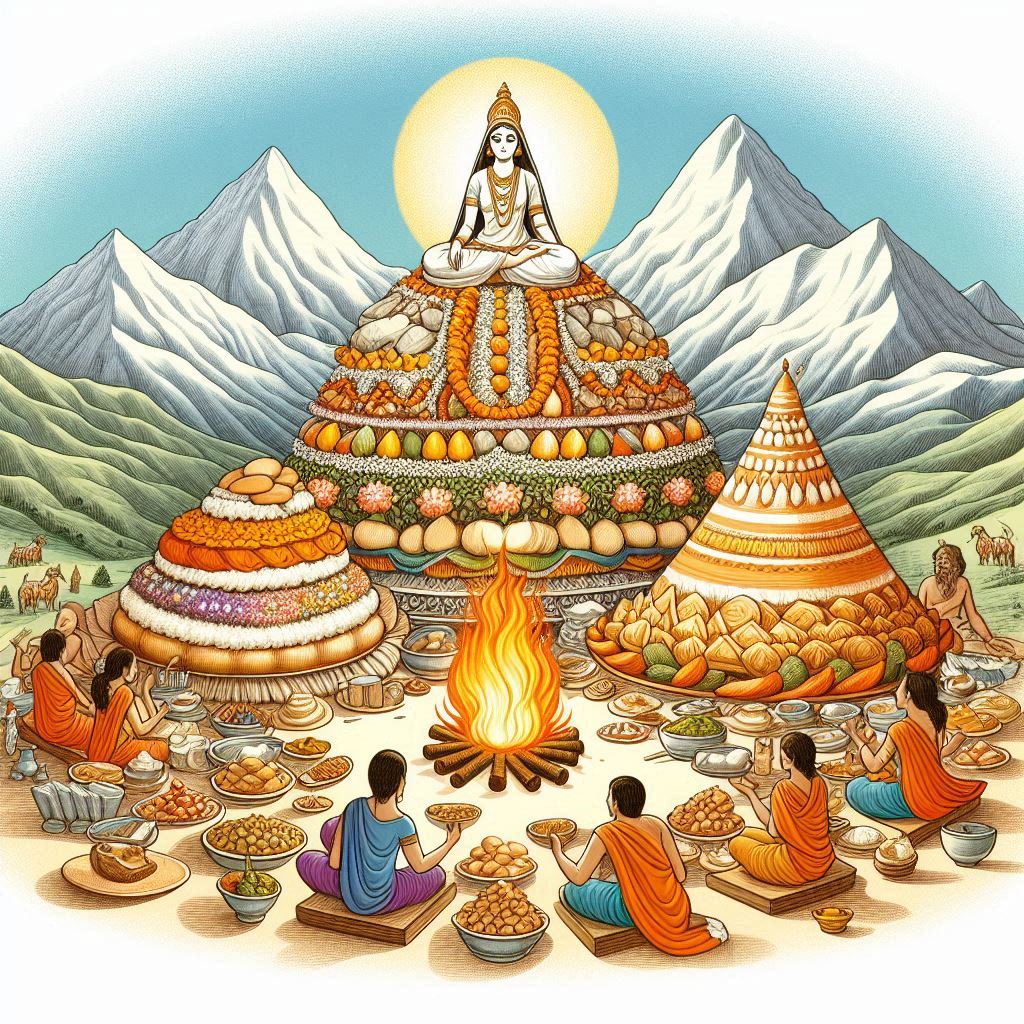After listening to the story of King Mandhata, Yudhistira asked Rishi Lomasa to explain why King Somaka went to naraka with his guru.
The rishi obliged.

Once upon a time, there was a king named Somaka. He had a hundred wives and treated them equally. Unfortunately, he couldn’t have even a single son. After many years when the king and his wives were old, one of his wives gave birth to a son named Jantu. Being an only child among many women, they pampered the baby and wouldn’t let him go. They were distraught at his slightest discomfort and cried if he cried.
Over the next few weeks, the king was annoyed by this. He could hear their cries in the sabha and had to go and console the child as well as the women. Somaka was so annoyed that he said it was better to not have any children than to have a single son who was pampered to this extent. He said a single son was a cause of misery (nor did he have any hope that such a baby would grow up to be a formidable ruler).
The king told his priests that they were now old and didn’t have much hope of having more children. He asked if there was any ceremony or yagna that would give him a hundred sons. Somaka said he would perform it even if it was difficult.
One of the priests said that there was indeed a way. The king said he didn’t mind if it was the right method or not. As long as he would get a hundred sons, he was okay with the process. The priest explained that they would have to sacrifice Jantu for this. Jantu would be reborn to the same woman (with a golden identification mark) along with another ninety-nine sons.
King Somaka agreed and asked the priest to make the arrangements. The king took the baby boy to the yagna and handed him over to the priest. However, his wives tugged the boy back and wailed. The priest managed to grab Jantu and completed the yagna. The women were distressed at the sight and fell unconscious. However, they involuntarily inhaled the smoke from the yagna.
Soon, all of them gave birth to a son each. Jantu was reborn to his mother and had a golden birthmark on his left side. Seeing this, the women loved Jantu more than their sons and pampered him again. Nevertheless, this time, Jantu grew up to be a man of good qualities and a capable ruler.
Many years passed. The priest died of old age. Later, King Somaka also passed away. The king was taken to hell where he saw his priest being cooked in a pot. He was outraged and asked them to free his guru. He asked Yama Dharmaraja why a noble Brahmin was in hell. The god of dharma replied that his priest performed an adharmic yagna (killing a child to beget more children) and was being cleansed of his sins. Somaka asked Yama to let his guru go to heaven and that he would face the punishment instead since the yagna was for him.
Yama Dharmaraja replied that every person had to face the consequences of their actions. Somaka said he would also stay in hell with his priest. He went through the same punishments as his guru and when they were cleansed, they were sent to heaven.

